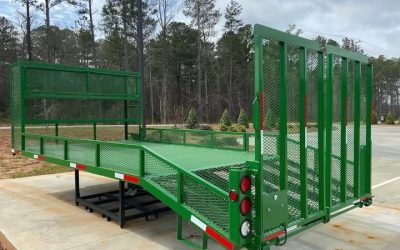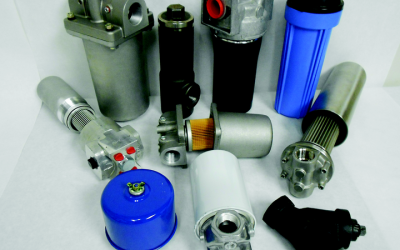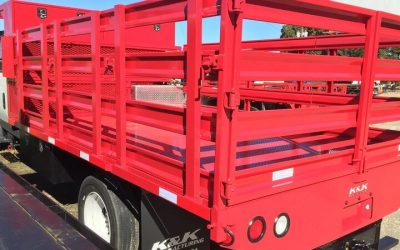In most types of systems, there is more than one option to consider for valves and fittings. In some cases, the choice of a specific type of valve can streamline the system and prevent the need for more than one valve to control the flow of air, gas or liquids through a system.
One of the specialized types of valves used in a range of applications is the shuttle valve. It is possible for these valves to be used in both hydraulic and pneumatic systems. The choice of a pneumatic shuttle valve creates the ability to allow the control of the flow through the system from one of two sources.
The Basic Design
A pneumatic shuttle valve is basically like a t-fitting. There are two ports at each end of the arms of the T, and one in the middle of the valve. Between the two end ports is a blocking element, which may be a ball or other types of valve component.
With the pressure of the flow from either of the end ports the ball moves to the opposite port, allowing the flow to be diverted through the middle port in the valve. As this configuration allows only one port to provide the media, there is never any mixing of the media in the valve, and it also eliminates any backflow through the system.
These valves allow for precise control by controlling the pressure in each of the input lines, with the highest pressure line always providing the flow through the third port in the middle.
Options in Design
Ideally, choosing a pneumatic shuttle valve with easy installation based on the inlet lines to the valve makes the most sense. Ends on these valves can include hose barb, female thread, or custom end requirements on each of the ports.
Having this ability to customize the valve eliminates the need for additional components and reduce the risk of leaks around the valve in both high and low-pressure applications.



